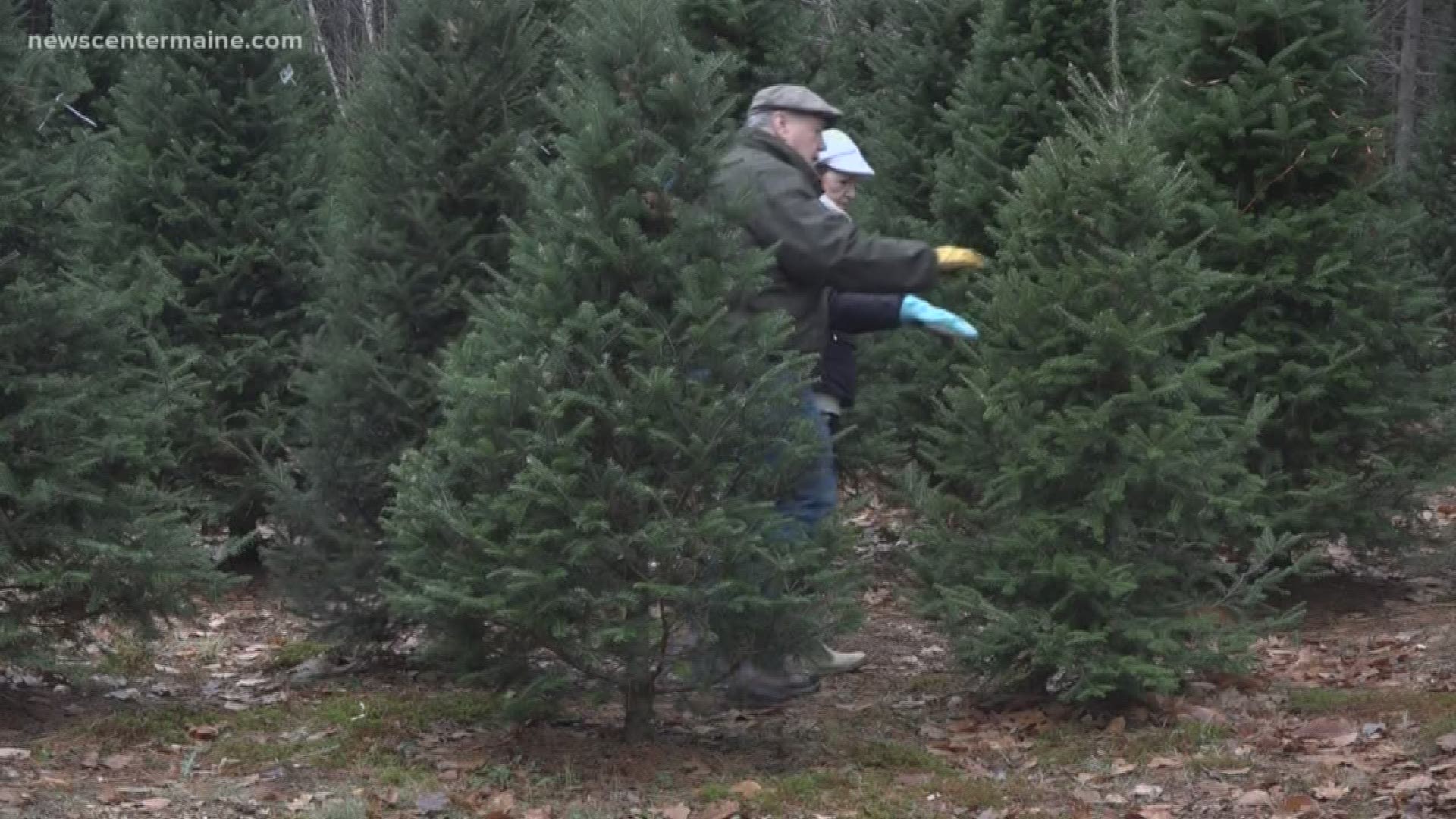CAPE ELIZABETH, Maine — People will have to budget a little more for a their Christmas trees this holiday season, compared to years past.
The price of Christmas trees has risen across the county.
The National Christmas Tree Association seasonal spokesperson Doug Hundley says in 2017, Americans paid an average of $75 for their Christmas tree. He says in 2018, Americans paid an average of $78.
The rising cost of trees is due in part to a lower inventory today. The cause of the low inventory stems back to the recession that began in the U.S. in December 2007. During the recession, fewer grown trees were sold and fewer new trees were planted.
What does this have to do with our supply today? Well, Christmas trees take around seven to ten years to grow to a size that's worthy of cutting. So now, Americans are feeling the impact of fewer trees being planted in 2008-2009.
Another reason there is low inventory is because many tree farms across the country have closed down in recent years because older owners can no longer complete the labor intensive work, and younger generations are resistant to go into farming as a profession.
According to the National Christmas Tree Association, Oregon and North Carolina produce nearly half of the wholesale Christmas trees in the nation. Most Maine tree farms operate on a small scale.
As the price of real trees has gone up, surprisingly, so has demand.
Some industry leaders say millennials are to thank for that.
Millennials trend towards things that are natural and organic, and also view Christmas tree shopping as an experience.
A newsletter from the National Christmas Tree Association says, "Demand for real Christmas trees continues to increase as millennial families seek authentic experiences, visit farms and create lasting Christmas memories while also having a positive impact on the environment. Everything from the scent to the search is an experience no artificial tree can replace; plus, choosing a real Christmas tree is an environmentally conscious decision millennials can feel good about."
Nationally, demand for natural Christmas trees went up from 2017 to 2018 by about four million trees, according to Hundley.
According to the National Christmas Tree Association, since 2015, the supply of natural Christmas trees has returned to a place where it meets the demand, but does not exceed it.
Prices have risen around 10% since 2015.
This is good news for the industry as a whole, because for many years the industry was not profitable.

